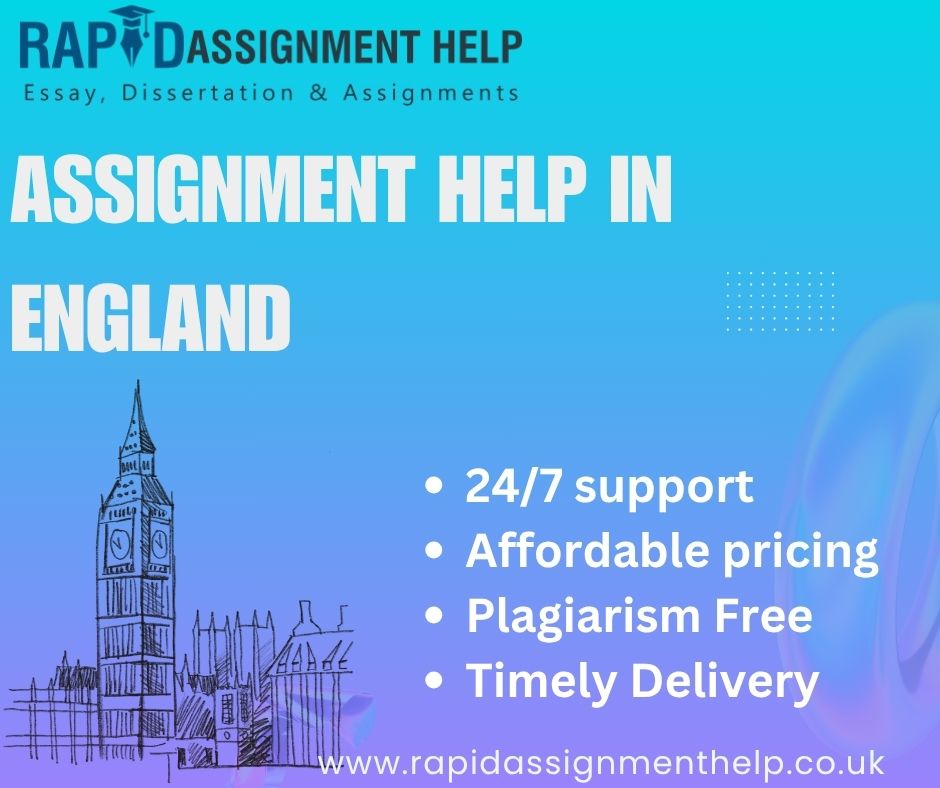How Social Infrastructure PPPs Transform Education Systems

Strong 8k brings an ultra-HD IPTV experience to your living room and your pocket.
Across the globe, education systems face mounting pressure to expand access, improve quality, and modernize facilities—all within limited public budgets. In response, Social Infrastructure Public-Private Partnerships (PPPs) are emerging as a powerful solution, especially when it comes to upgrading education infrastructure. These partnerships not only bring in private sector efficiency and investment but also align with long-term educational outcomes.
What Are Social Infrastructure PPPs?
Social infrastructure PPPs involve collaboration between the public sector and private companies to design, build, finance, and often operate public facilities like schools, hospitals, and housing. In education, this model focuses on creating and maintaining learning environments that foster student achievement while relieving governments of upfront capital costs.
Unlike traditional procurement methods, PPPs offer a lifecycle approach—ensuring facilities are well-maintained over decades. This sustainability is crucial in schools, where poor infrastructure can hinder both teaching and learning.
The Impact on Education Systems
The influence of PPPs on education is far-reaching. From classroom construction to ICT integration, their role has expanded rapidly. Here's how they are making a difference:
1. Faster and Cost-Effective School Development
Governments can accelerate school construction through PPPs. Private partners assume construction risk, often delivering projects faster and on budget. This is especially valuable in rapidly growing urban areas or post-disaster zones where educational facilities are urgently needed.
2. Improved Facility Management
With PPPs, operations and maintenance are often built into the contract. This means schools are not just built but also kept in top condition. Facilities management includes regular upkeep, safety checks, and tech upgrades—ensuring students learn in safe, modern environments.
3. Enhanced Learning Environments
Case studies show that schools developed through public-private education partnerships tend to offer better infrastructure: well-ventilated classrooms, digital learning tools, and access to reliable utilities. These factors positively influence attendance, concentration, and teacher satisfaction.
4. Encouraging Innovation
When private entities invest in education, they bring new perspectives and technologies. Whether it's smart classroom systems or green building designs, PPPs allow for innovative approaches that the public sector might not otherwise afford or prioritize.
Global Examples of Education PPPs
United Kingdom: The Priority School Building Programme used PPPs to replace aging school buildings, with measurable improvements in student performance and reduced maintenance backlogs.
Philippines: The PPP for School Infrastructure Project (PSIP) involved constructing thousands of classrooms with quality assurance benchmarks set by the Department of Education.
Colombia: A hybrid PPP model is helping rebuild schools in underserved regions, combining central government funding with private investment.
These school PPP case studies underline the potential of partnerships to transform education outcomes on a national scale.
Benefits Beyond the Classroom
The advantages of education-focused PPPs aren’t just about physical buildings. They create jobs during construction and operations, ensure long-term savings for the government, and offer predictable budgeting. More importantly, they align the interests of all stakeholders—students, parents, educators, and investors.
Education PPP benefits include:
- Long-term infrastructure resilience
- Transparent performance monitoring
- Risk-sharing between public and private sectors
- Focus on student-centric results, not just outputs
Addressing Concerns
While PPPs offer many benefits, they must be carefully structured. Poorly designed agreements can lead to long-term liabilities or reduced control for the public sector. Therefore, transparency, community involvement, and rigorous contract management are essential.
Looking Ahead
The global rise of PPP in school building reflects a broader trend: collaboration as a means to unlock better public services. As more countries embrace global PPP education models, the key will be tailoring approaches to local contexts while upholding high-quality standards.
If you're interested in real-world results and lessons learned, don't miss our next article:
👉 Education PPP Success Stories Around the World
Note: IndiBlogHub features both user-submitted and editorial content. We do not verify third-party contributions. Read our Disclaimer and Privacy Policyfor details.







